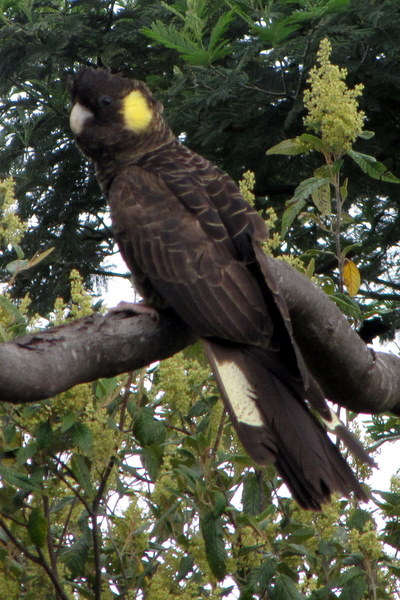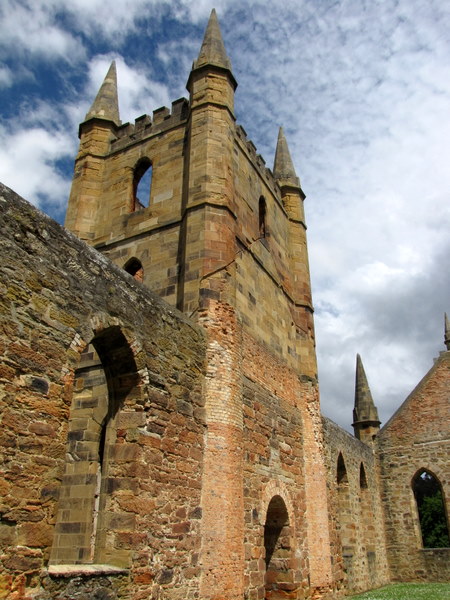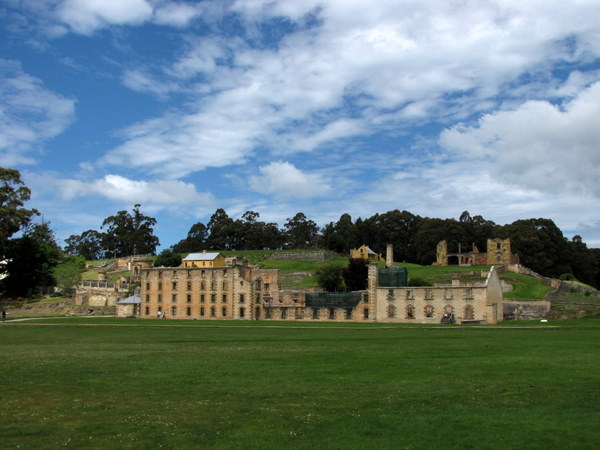From Melbourne I took a quick 1-hr flight south to Tasmania for a 6-day campervan’ing adventure. What I knew about Tasmania was superficial: it’s home to the Tassie devil and the butt of a lot of Australian jokes but has stunningly beautiful geography.
I rented a 3-berth camper from Hertz for just under $500 that came nicely equipped with a sink, water tank, fridge, microwave, portable heater, and lots of cooking utensils and dishes. I spent the little extra on a 3-berth since I was shotgunning this trip with my Australian friend, who, much to his embarrassment, had yet to visit Tasmania. I figured we could each do with a tiny bit of our own space: all 20 square feet of it.
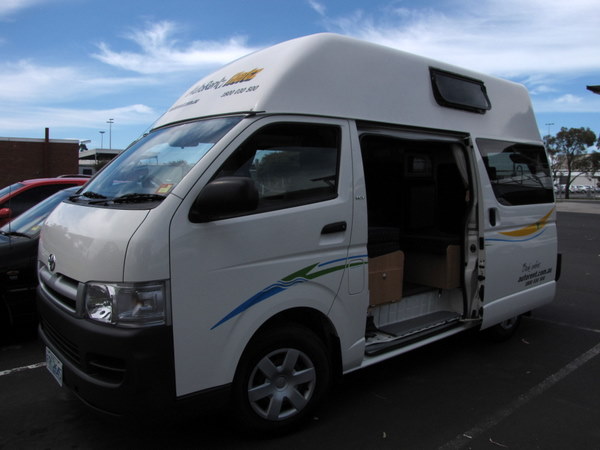

I can’t recommend Hertz enough. The pickup was quick, the staff were super friendly, and they were all more than eager to tell me about the fantastic places Tassie had to offer. In just 30 minutes at the Hobart airport, I was impressed by how excitedly the locals wanted to show off their state. We had a loose idea that somehow in 6 days we were going to cover all of Tasmania, but with fantastic weather in place, the locals suggested a much less ambitious east coast only itinerary. They said it would be plenty to fill 6 days, and of course, who were we to argue with the locals?
While my friend was flying in from Brisbane, I took the camper for a 20-min spin into Hobart and easily found my way to Salamanca, a popular spot on the downtown waterfront with lots of restaurants, artisan shops, and a famous Saturday market. In no time at all I was blowing my budget on fabulous local jewelry, food, and wine. Beware your pocket book in Salamanca!
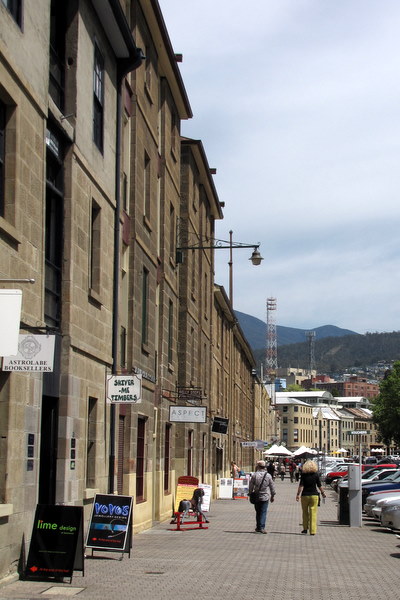
After picking up my friend a few hours later, we returned to Salamanca to bask in the sunshine, enjoy lunch, and make travel plans. We stopped at a cheese and wine shop, eager to try the local fare. Again, I was impressed with the friendliness and energy of the locals. I guess they did their job well: we left with $200 of wine and cheese for our journey. The shop owner suggested we set up shop at a nearby park to kick back some wine and enjoy the views. So that’s exactly what we did: we parked the camper at Errol Flynn park for a few hours, propped up our feet, soaked up the sun, drank some wine, and enjoyed our little piece of beachfront property.
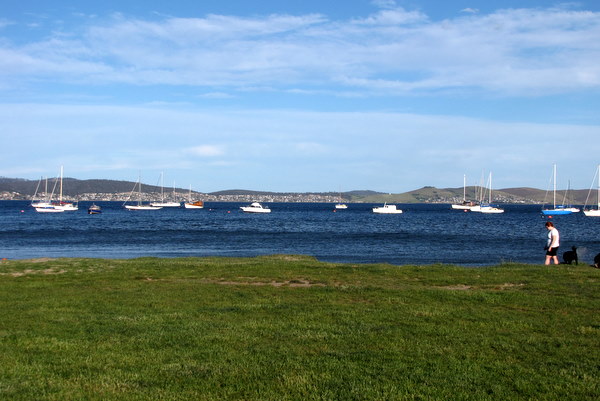
That evening we had a lovely dinner at a little Tapas bar in Salamanca with a local friend of my Aussie mate. They moved to Hobart years ago and couldn’t say enough good things about it. After dinner we hit the Seven Mile Beach camper van park near the airport, a clean facility with powered sites for $27/night and you guessed it: a short stroll from 7 miles of beautiful beach.
The next day we hit the road for a 2-hr drive south east to Port Arthur, a small settlement founded on the Tasman Peninsula in 1830 as a timer station. A few years later it would gain it’s real legacy as a penal colony from 1833-1853 for some of the hardest of convicted criminals. Port Arthur was considered an inescapable prison and was one of the first facilities of its kind to use psychological punishment and solitary confinement.
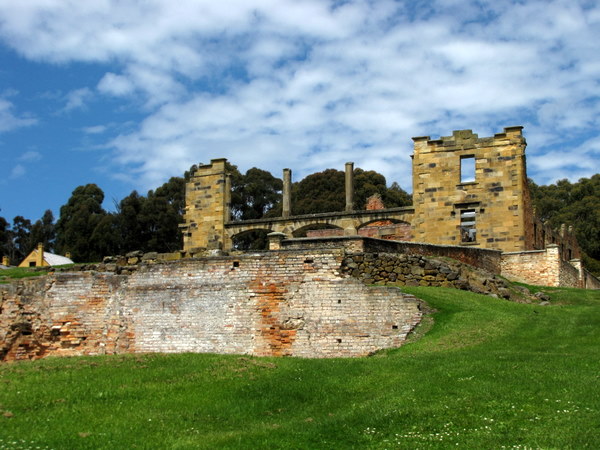
I have to admit, this was more on my friend’s agenda than mine. I tend to choose wildlife and outdoor activities over strolling around museums and historical sites, but Port Arthur was a pleasant surprise. The grounds were beautiful, the buildings were interesting, and the blue skies and sunshine were a perfect backdrop. The cafe even served up the best tomato and tarragon soup I’ve ever had. I ate three bowls! There’s an incredible amount of history at this place that I won’t go into here, so if you’re interested, just google it and do some reading. It’s all quite fascinating.
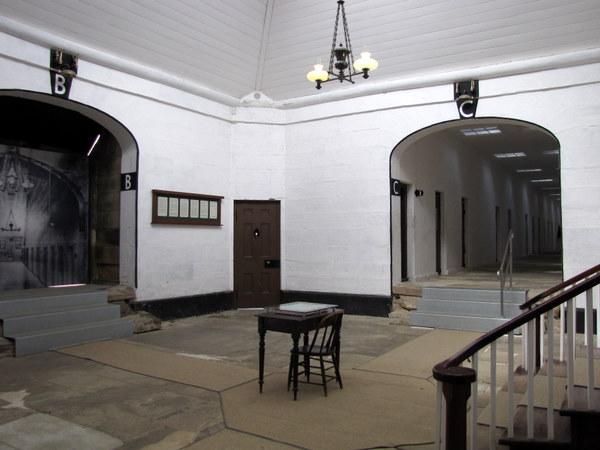
From Port Arthur we drove back north along the peninsula and stopped at a few attractions we had seen along the way. We almost passed up Eaglehawk Neck and we’re sure glad we didn’t. The combination of stress from the earth’s crust and salt crystallization fracture sedimentary rock on the ocean shore produce an erosional feature known as tessellated pavement. I’ve never quite seen anything like it. Some rocks are fractured into hard edges, referred to as pans, and others into softer, more round edges known as loafs. The bright green moss provided a stark contrast to the rocks.

Not too much further down the road was the Tasman Arch, the remains of the roof of a large sea cave. At some point in the future the roof will collapse and leave something that looks like Devil’s Kitchen, just down the path a kilometer. It’s the kind of geological formation you just can’t explain with a picture. The scale of it has to be seen in person.
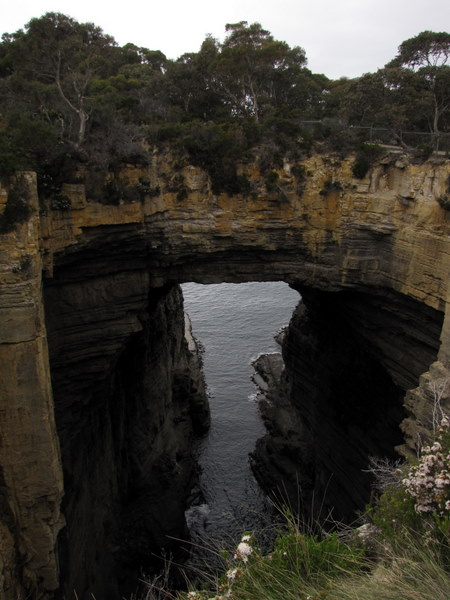
That evening around 8pm we rolled into a seaside town called Swansea and found our dining options fairly limited. Seems most things roll up by 8pm in these parts. Much to her cook’s chagrin, the waitress at a local wood-fired pizza restaurant and pub nicely took pity on us and put in our food order just past their 8pm closing. It’s there that I boldly tried oysters for only the second time in my life. Oysters here are known to be amongst the best and cleanest in the world, so why not? My Aussie mate suggested Oysters Kilpatrick, served with some Worcestershire sauce and bacon. They didn’t disappoint and for the first time in my life, I was impressed enough to actually eat 3!
The Swansea camper van park across the road takes major props for it’s location: right on the beach. Traveling ahead of the busy summer season gave us our pick of camper spots and we nabbed a powered site overlooking the ocean. The friendly owner helped us set up our site and back our camper onto blocks to level it out. We slept with the back door wide open, serenaded by the ocean waves. It’s actually quite surprising how loud such a small surf can be!

So far after my first day in Tassie I can say the locals are amongst the nicest and friendliest people I’ve ever met. The scenery is stunning and who know Tasmania was hiding some of the most beautiful white sand beaches in the world?






